Playing an instrument is hard to do. For music lovers with cerebral palsy and other muscle-affecting conditions, it’s next to impossible.
During his career as a music teacher, Boaz Rienshrieber advertised his classes with flyers stating that “anyone can play.” Six years ago, he was approached by a prospective student who wanted to play guitar, but her cerebral palsy severely inhibited her ability to play or even hold the instrument.
He quickly understood that while guitar may have demanded too much dexterity than her physicality would allow for, he also wanted to give her access to something more expressive than the shakers and peripheral percussion instruments that students with cerebral palsy are often relegated to.
After doing some searching for an appropriate instrument for the 11-year-old, he came up empty-handed. Rather than giving her a pair of maracas and moving on, Rienshrieber decided that he would put together a development team to construct an instrument perfectly tailored to her physical abilities — and that’s how the accessibility-focused instrument Arcana Strum was born.
I visited Arcana’s headquarters in Pardes Hana, where CEO/CTO and co-founder Haim Kairy showed me the Strum, its remarkably thoughtful design and the web platform that enables easy pick-up-and-play functionality.
A simple but elegant piece of equipment
The Arcana Strum’s design is based on the controls of a motorized wheelchair — a control scheme which many people with musculature-affecting conditions are familiar with. In its simplest form, the instrument is intended to be placed on a table or the musician’s lap, and is played by a combination of large, color-coded buttons and a lever used to strum.
In the Strum’s base configuration, the buttons are mapped to chords, which are selected by single or combination button presses. The lever is then used to play each of the six notes within the selected chord, and can be used to play sweeping strums, quick strokes, or even pluck out single notes (with some finessing).
“The challenge was taking a music instrument that has a lot of notes, a lot of chords and creating a controller that you can develop muscle memory with and accurately reproduce those chords.”
Haim Kairy
“The challenge was taking a music instrument that has a lot of notes, a lot of chords and creating a controller that you can develop muscle memory with and accurately reproduce those chords,” said Kairy.
The device is a MIDI controller — an instrument which you connect to a computer via USB or Bluetooth, route through a Digital Audio Workspace program and use to control any virtual instrument that suits your fancy. Piano, guitar and synthesizers are only the beginning of the endless list of possible sounds available on modern music programs.
In-built into the device are several buttons and controls which allow the player to select various keys and scales, as well as variable levels of complexity. While beginners may be content with the basic skill mode, seasoned musicians will likely find themselves more drawn to the Strum’s free play mode, which gives full access to 30 semitones across 2.5 octaves.
The Arcana Strum is designed to be accessible to anyone
The Strum’s design features a suite of accessibility functions. Notes are “strummed” by the manipulation of a lever not unlike a gear shift, which can be adjusted to increase or decrease tension according to the player’s unique preferences or needs.
The instrument’s chord panel can be rotated up to 180 degrees, allowing for countless ways to hold the instrument, which can be hugely helpful for musicians who feel more adept with their heads, toes or elbows than they do with their fingers.
Arcana’s team has also developed a variety of add-ons for the device in order to make it more accessible to the widest range of musicians possible. A set of large, round buttons externalize the Strum’s chord pad, enabling musicians to place them wherever works best for them — such as the arm of a wheelchair or resting between the collarbone and chin.
“A lot of people have these colorful switches that they use to control their wheelchairs. These copy the functionality of those switches,” Kairy explained. He then picked up an attachable foot pedal, explaining that “People recovering from stroke can use it to play with their one strong hand and their foot.”
He went on to show off a proximity sensor that transforms the instrument into something akin to a theremin, forgoing the need to manipulate the device’s keys in case that’s an issue.
Although he had certainly gone through the same motions countless times during his time at the company, Kairy was still excited to showcase how each different sensor or attachment could be connected to the Strum in order to alter its dimensions, playability or ease of use.
Just as important as the instrument itself is the online learning platform that Arcana has designed to teach students how to play it. The simple-yet-effective web portal automatically detects the instrument’s connection to a computer, turning it into a simple plug-and-play system.
The website features a long list of teacher- and user-generated chord charts for countless popular songs, which simply illustrate which colored buttons to push and when in a fashion that any practicing guitar player would recognize.
Kairy highlighted the simplicity with which users can transcribe their favorite songs into Strum chord sheets, by means of a drag-and-drop sheet editor and some swift copy/paste functionality.
A deserved victory for a cool instrument
Last month, Arcana won first place in Innovation at the GES Awards, the world’s largest international Education Technology competition. The competition is an initiative of MindCET from the Center of Educational Technology, established with the goal of leading entrepreneurship in the fields of educational technology in Israel and around the world.
“We were blown away. People really related to our mission,” said Kairy.
“Most children don't choose to learn music — it's part of your education, either from the school or your parents. And the reason is that learning music at an early age activates every part of your brain,” he explained. “There's also a social side to it when you play in a band. You're socially accepted and your self-esteem is increased.”
“As musicians ourselves, we knew the benefits of learning to play music — even if you're not going to be the next Jimi Hendrix,” he continued. “We want to give an opportunity to tens of millions of children worldwide to not be systematically excluded from music education.”
Each device is currently assembled by hand in Arcana’s Pardes Hana facility, and those interested can order one for $1,000. Kairy noted that batch orders for schools and educational centers are sold at a reduced price.

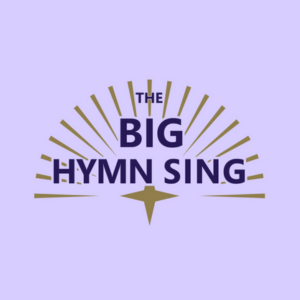
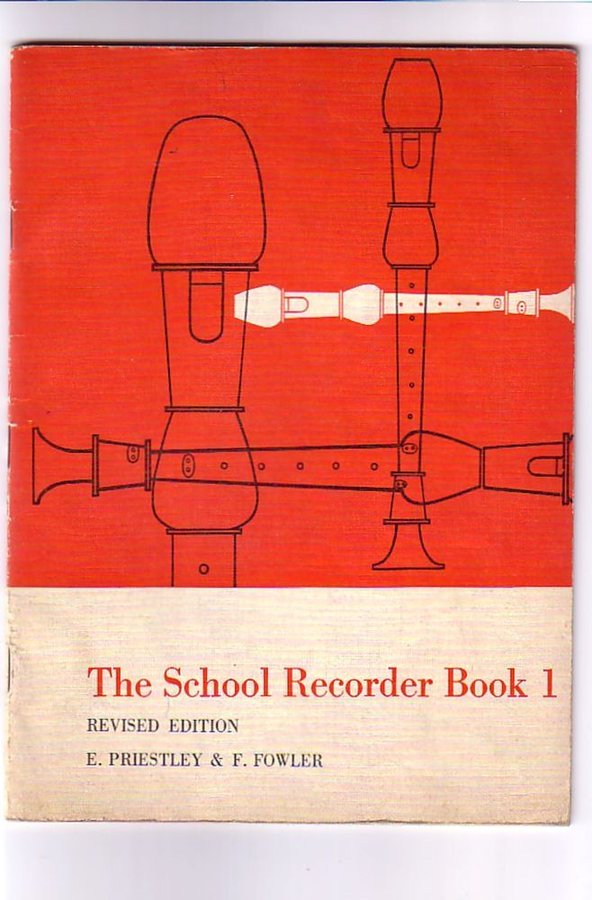




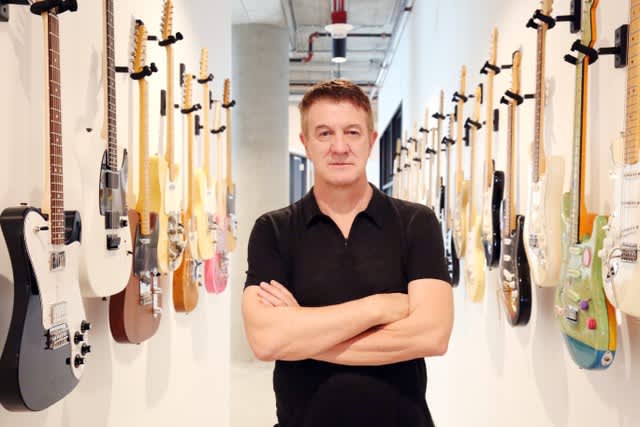










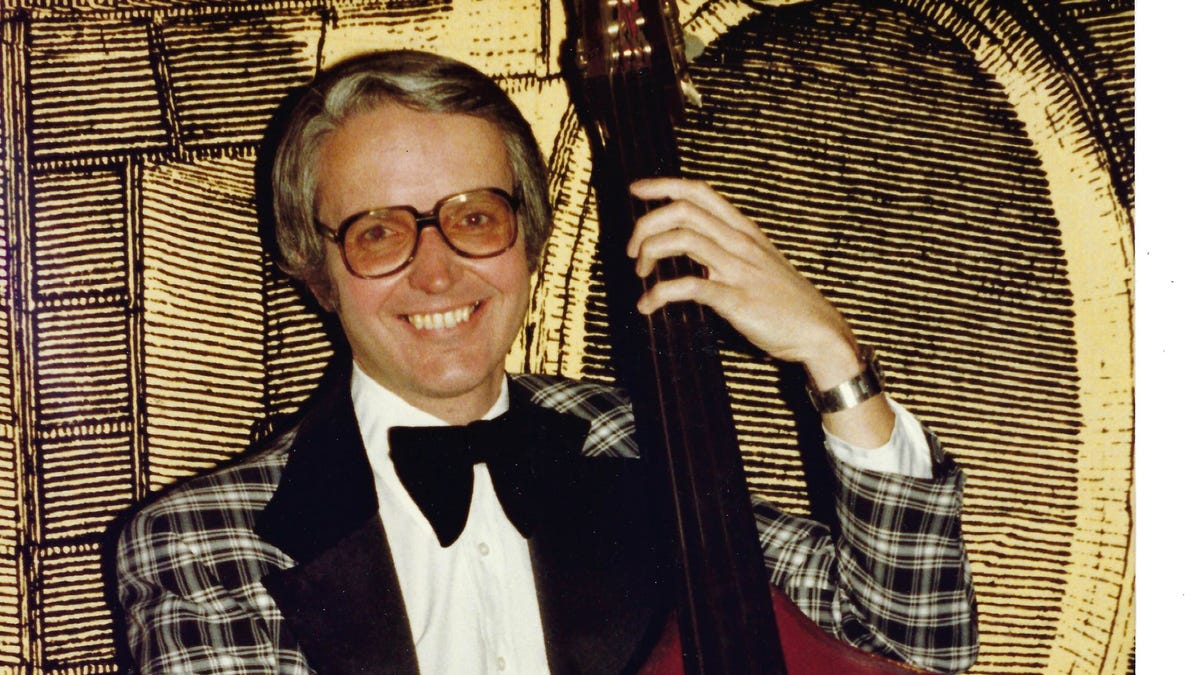



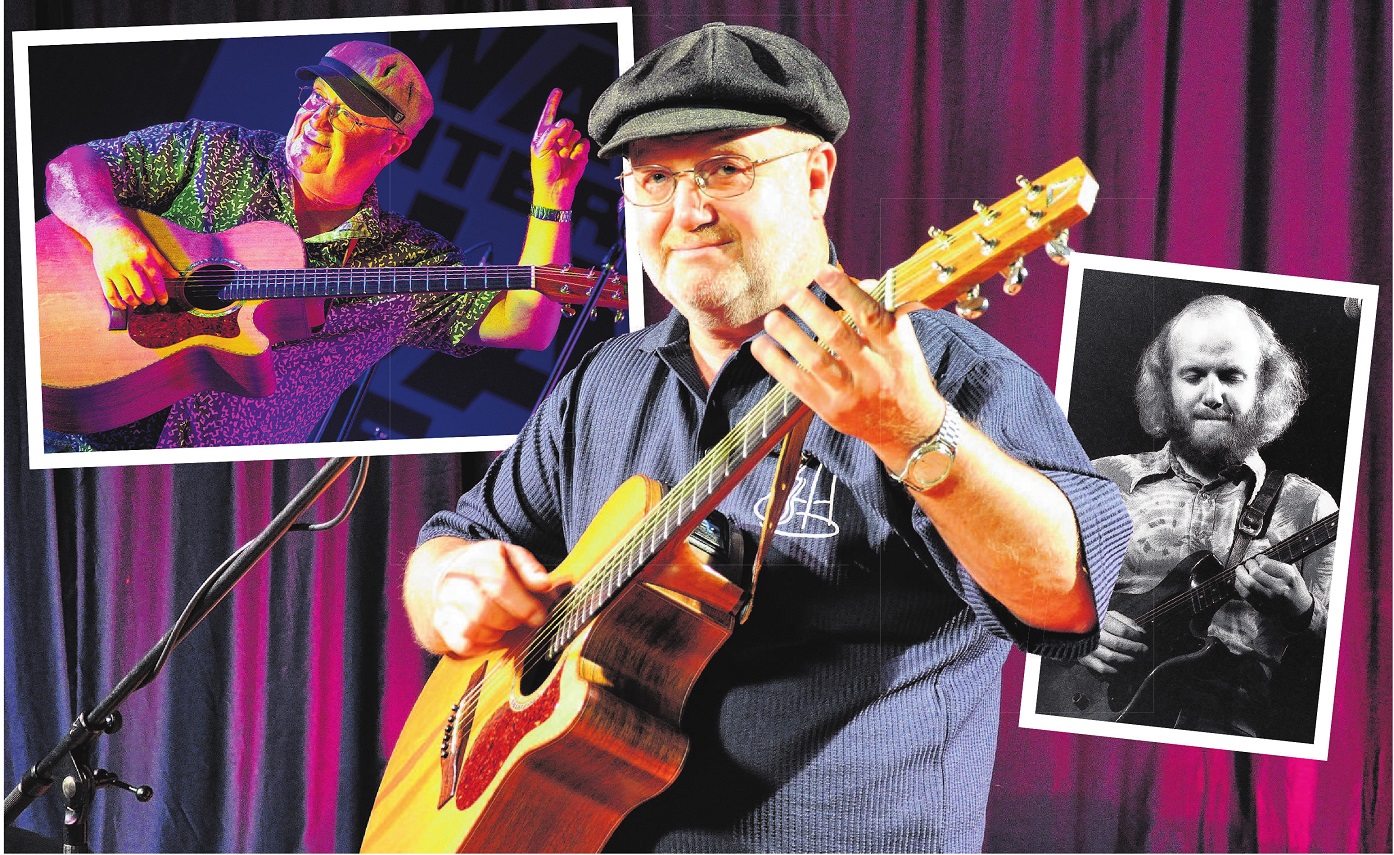

 English (US)
English (US)